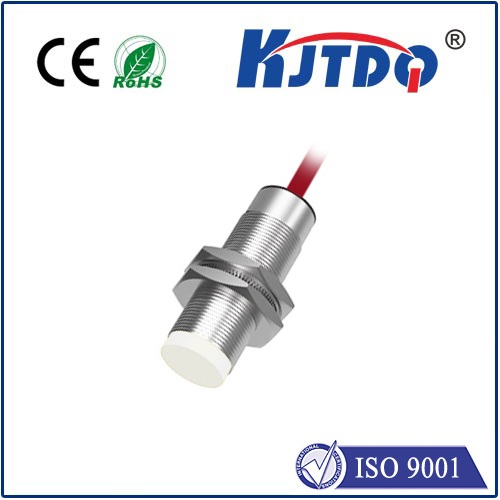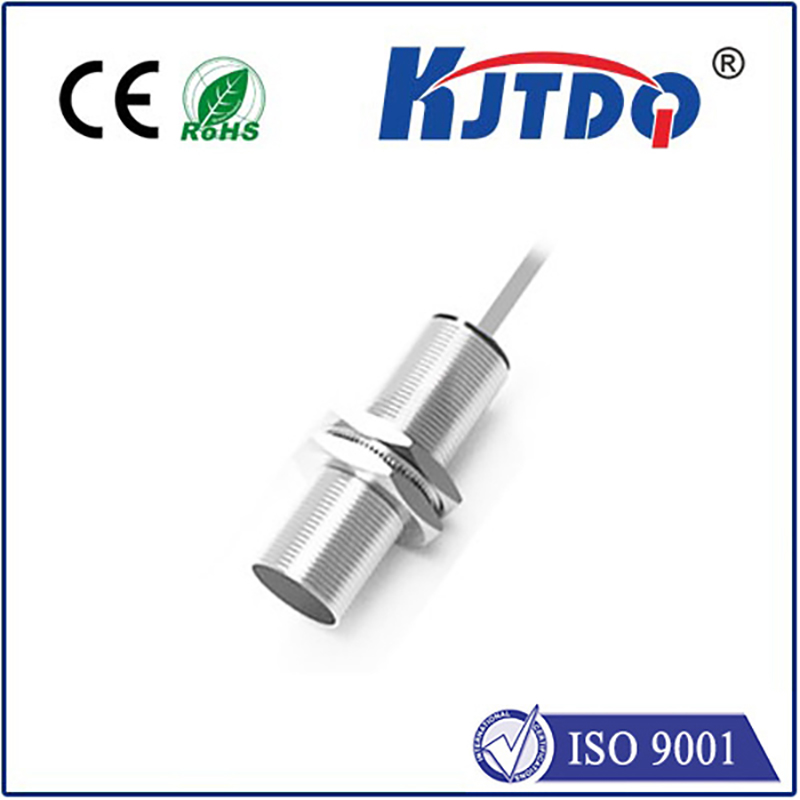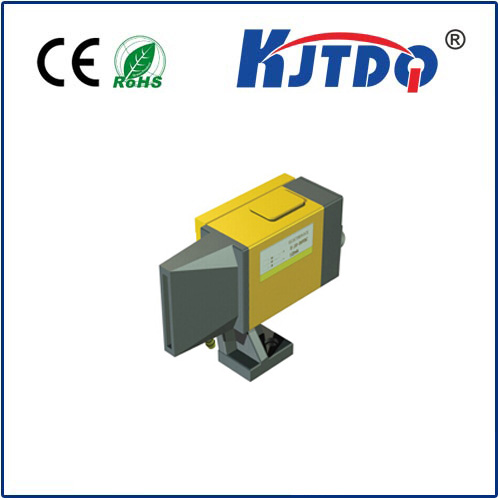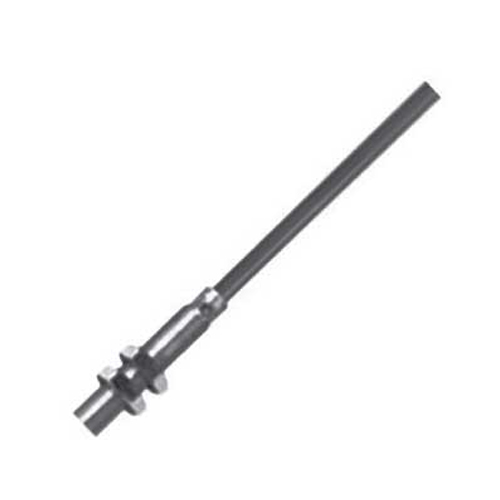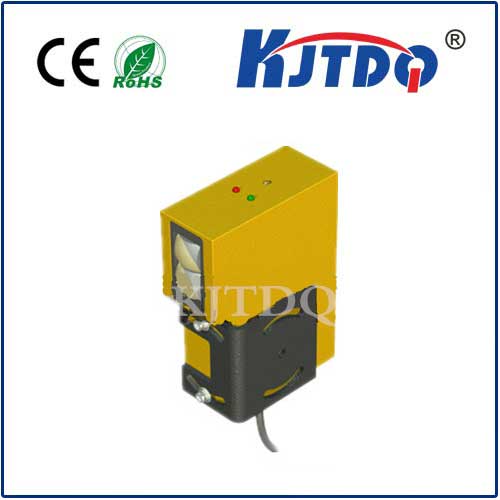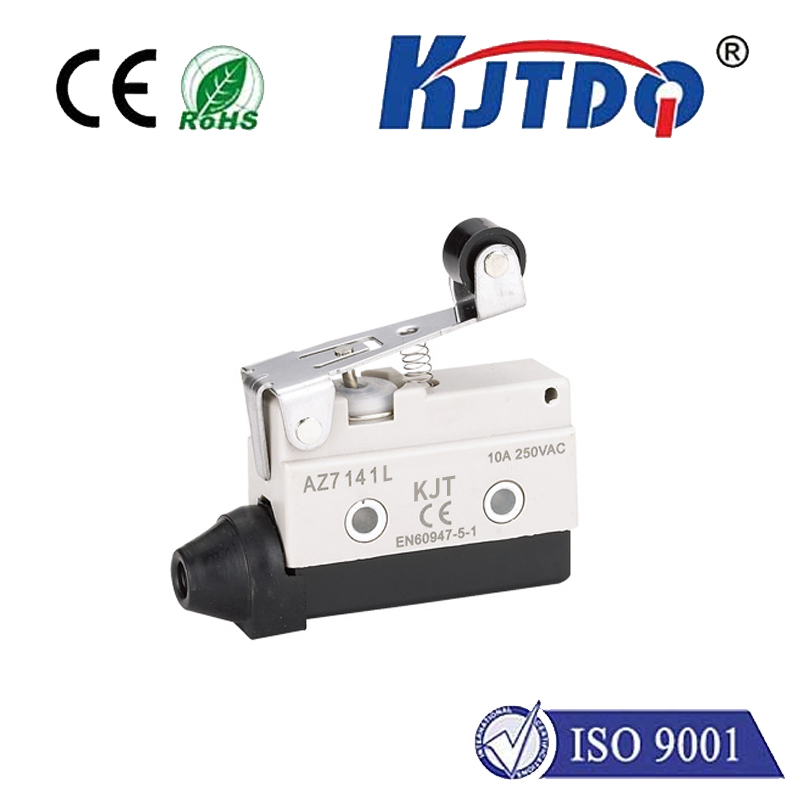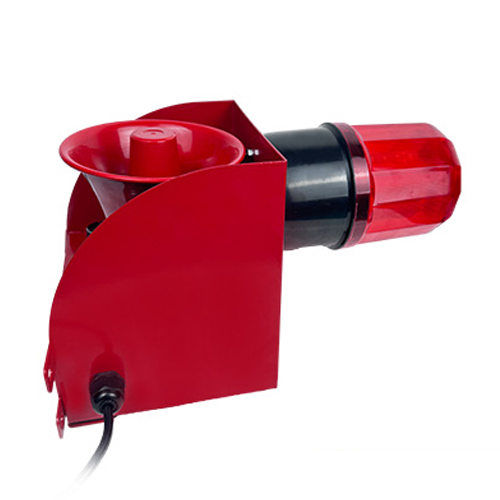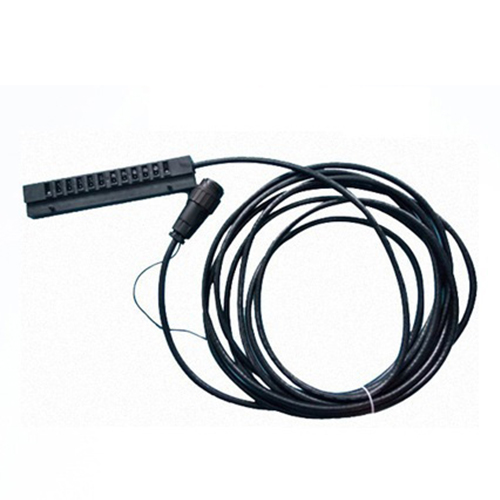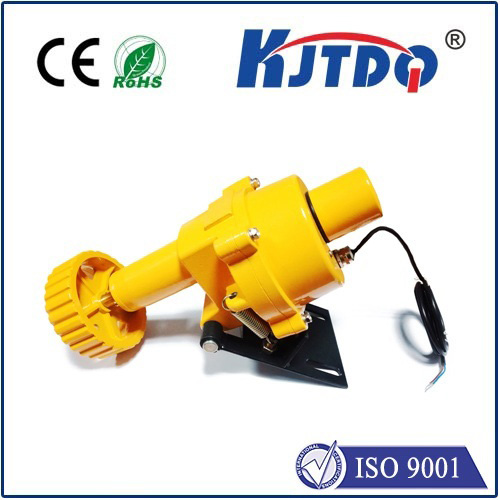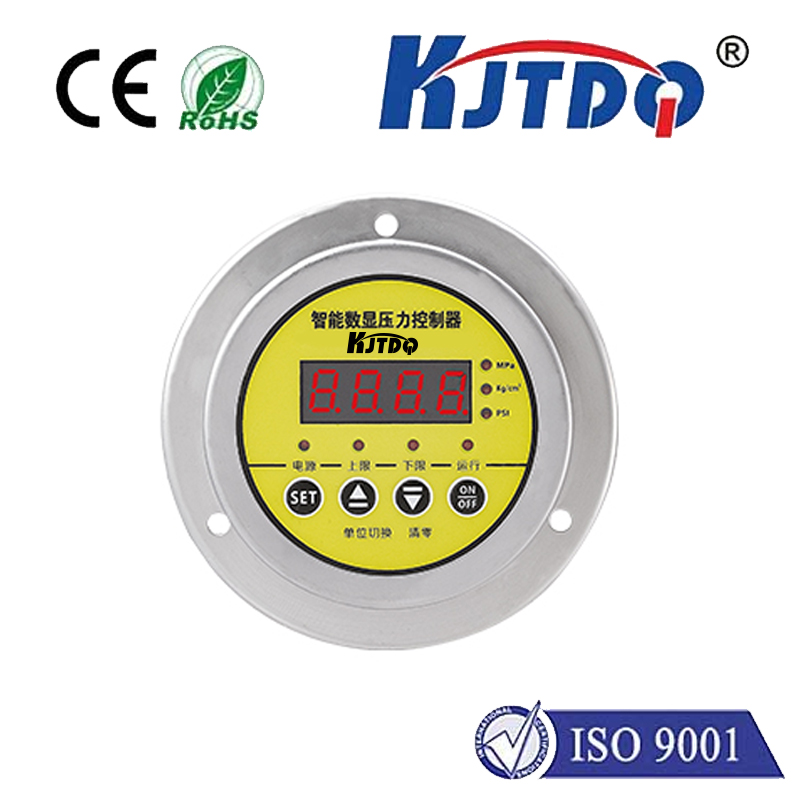E3Z-LR61-M1J 0.3M background suppression sensor
- time:2025-09-28 04:46:30
- Нажмите:0
E3Z-LR61-M1J 0.3M: Mastering Object Detection with Background Suppression
Imagine a bustling factory line where packages zoom by at high speed. Reliable detection is critical – missing an item or triggering falsely on the conveyor belt behind it causes costly jams and downtime. This is precisely where advanced photoelectric sensors like the E3Z-LR61-M1J 0.3M Background Suppression Sensor shine. Designed for precision, this sensor leverages sophisticated optical technology to solve common detection challenges that plague simpler methods, making it an indispensable tool in demanding automation environments.
At its core, the E3Z-LR61 is a Фотоэлектрический датчик – a device that uses light beams to detect the presence, absence, or distance of objects. What sets this specific model apart is its background suppression (BGS) technology, coupled with its precise 0.3-meter (300mm) sensing range. Let’s demystify these key features.
Understanding the Power of Background Suppression
Traditional diffuse-reflective sensors work by emitting light and detecting what bounces back from a target. Their major weakness? They have difficulty distinguishing the actual target object from a surface behind it (the background), especially if both are similarly colored or reflective. This often leads to false triggers or missed detections.
Background Suppression technology solves this problem intelligently. Instead of simply measuring the intensity of the reflected light, a BGS sensor like the E3Z-LR61-M1J determines the distance the light travelled. It does this by using a special optical receiver element and triangulation principles:

- The sensor emits a focused beam of light onto the target area.
- The reflected light hits a position-sensitive element within the sensor’s receiver.
- The position where the light hits this element corresponds directly to the distance the light travelled.
- The sensor’s internal circuitry is programmed to only trigger when the reflected light indicates an object is within its defined sensing range (in this case, 0.3 meters).
- Any light reflected from objects beyond this set range (the background) is effectively ignored or “suppressed.”
The E3Z-LR61-M1J 0.3M Advantage
This specific model offers distinct advantages tailored for industrial precision:
- Precise 0.3m Detection Range: The fixed 300mm range is ideal for applications requiring detection within a specific, moderate distance, common on assembly lines, packaging stations, or robotic work cells. Knowing the exact reliable distance simplifies setup and ensures consistent performance.
- True Background Ignorance: As explained, its core strength is robustly ignoring background surfaces, whether they are highly reflective conveyor belts, machinery parts beyond the detection zone, or simply the factory wall. This drastically reduces false positives and enhances reliability.
- Stability Across Targets: Unlike some sensors sensitive to color or surface texture, BGS technology, particularly in a well-designed sensor like the E3Z-LR61, provides remarkably stable detection across a wide variety of target colors, materials (plastic, metal, wood, cardboard), and surface finishes (matte, glossy, transparent).
- M1J Variant Specifics: The “M1J” suffix typically indicates key features like:
- Fixed Cable Connection: Provides a robust, reliable connection directly from the sensor body, less prone to disconnection than a connector type in high-vibration environments.
- Light-ON / Dark-ON Selectable: Offers operational flexibility – the output can switch when an object is detected (Light-ON) or when the beam is interrupted (Dark-ON), depending on the application logic.
- IP67 Protection Rating: Signifies excellent resistance to dust ingress and protection against temporary immersion in water, making it suitable for harsh factory washdowns or dusty conditions.
- Ease of Use: While powerful, these sensors are often designed for straightforward installation and adjustment, sometimes featuring visual indicators (like a beam spot) to aid precise aiming.
Where the E3Z-LR61-M1J 0.3M Excels
This sensor’s unique combination of background suppression and a defined 300mm range makes it ideal for numerous challenging applications:
- Detecting Objects on Conveyor Belts: Eliminates false triggers caused by the belt itself or structures beneath it, ensuring only the actual package is detected. Crucial for accurate counting, sorting, and positioning.
- Precise Positioning Control: Ensuring components are correctly seated within jigs or fixtures before a process step begins, reliably ignoring the fixture base beyond the 0.3m zone.
- Small Object Detection: Accurately sensing small parts or components reliably, even if they are placed close to a background surface that would confuse a standard diffuse sensor.
- Transparent Object Detection: Often outperforms standard diffuse sensors when detecting clear bottles, glass sheets, or plastic films – common stumbling blocks for simpler technologies.
- Ignoring Machine Structures: In tight assembly cells or within machinery, the background suppression effectively ignores surrounding framework or guards beyond the set distance, focusing solely on the target zone.
- Packaging Applications: Detecting products inside cartons (ignoring the box material behind), verifying flap closure, or ensuring proper product stacking height within trays.
Why Choose Background Suppression Over Other Types?
While through-beam (separate emitter/receiver) sensors offer long range and high precision, and retro-reflective sensors are effective, they require reflectors or careful alignment. Diffuse sensors are simple but lack background immunity. The E3Z-LR61-M1J fills the crucial niche where:
- You need to detect an object within a specific, controllable distance.
- The target is close to or could be confused with a background surface.
- Object color/texture varies.
- A compact, single-unit solution is preferred (no separate receiver or reflector).
- The 0.3m range is sufficient for the task.
Implementing for Success
To maximize the performance of your E3Z-LR61-M1J 0.3M sensor:
- Accurate Alignment: Precisely aim the sensor at the target area. Utilize any built-in indicators.
- Understand the Range: Know that the sensor is preset to detect reliably within 0.3 meters (± tolerances as per datasheet). Objects must enter this zone.
- Teach-in (If Applicable): Some BGS sensors might have a teach function to optimize for a specific background. Consult the manual.
- Select Mode: Configure the Light-ON/Dark-ON output logic correctly for your control system.
- Environmental Considerations: While rugged (IP67), avoid extreme temperatures or strong ambient light directly hitting the lens if possible. Ensure the cable routing is secure.
For engineers and technicians tackling complex detection scenarios where backgrounds interfere or precise positioning within a defined range is paramount, the E3Z-LR61-M1J 0.3M Background Suppression Sensor provides a compelling, reliable solution. Its intelligent optical design delivers superior performance where simpler sensors fall short, ensuring smoother operations and reduced errors on the factory floor.







